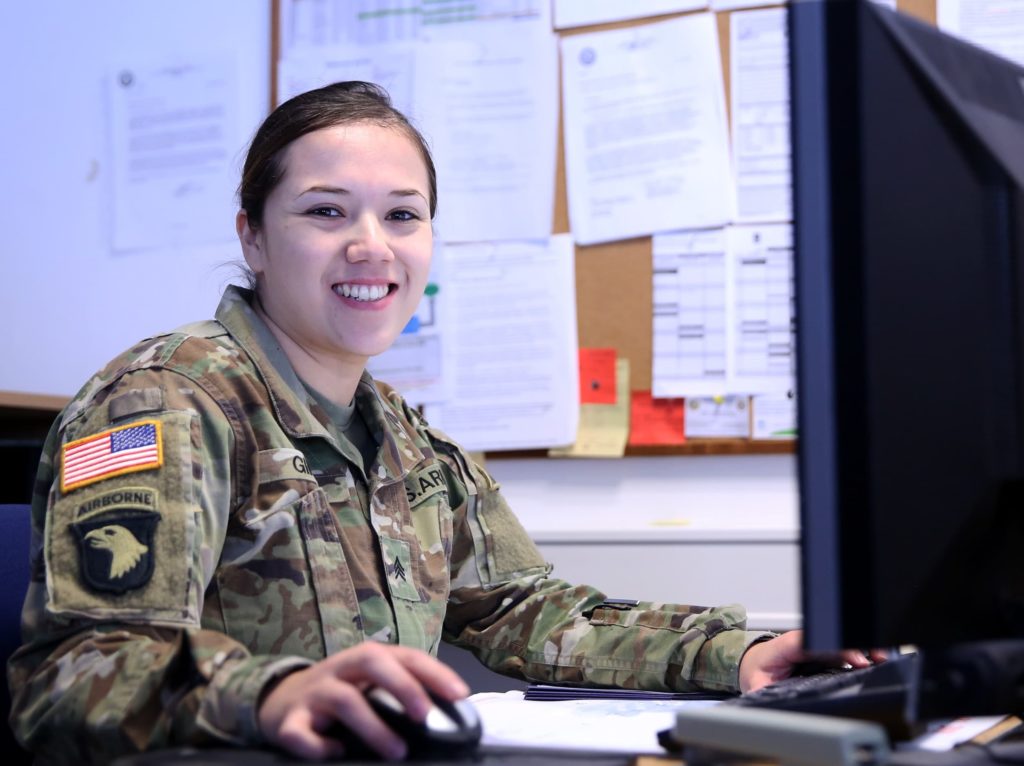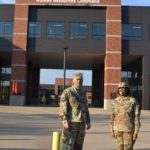Whether you’re a new recruit or a longtime veteran, it’s important to understand what the HRC mission and vision is all about. Here are some key points to consider.
Despite its slang-like name, the Army HRC is an intergovernmental body of the United Nations that works to strengthen the promotion of human rights around the world. It is made up of 47 United Nations Member States and meets at the UN office in Geneva.
It is also responsible for addressing human rights violations and regularly reports on human rights situations in particular countries. It works with UN Special Procedures, which include working groups and special rapporteurs. It also has a Complaint Procedure, which allows individuals to bring violations of human rights to the Council’s attention.
It is also involved in anti-trafficking initiatives. Founded by Harry Altmeyer, the organization provides long-term residential care and helps those suffering from trafficking. It also offers professional development to over 5,000 youth-serving professionals.
It is also responsible for developing and promoting inclusive policies at workplaces. It focuses on the rights of LGBTQ+ workers. It promotes the benefits of a more inclusive work environment and carries out bias-based bullying prevention programs.
It is also concerned with access to medical services and prescription drug assistance programs. It is particularly interested in issues related to access for people who are incarcerated, those experiencing homelessness, and those who use drugs. It also provides technical assistance throughout the country.
It also has a Health Resource Center that provides information on health, mental wellbeing, and social care services. It also offers support groups and health insurance information. It has online resources, and it guides to help navigate the medical system.
It also has an Advisory Committee, which provides expertise on thematic human rights issues. It has a task force on secretariat services, which was established in July 2011. The task force consulted stakeholders and states to study how information and communication technology, internet resources, and buildings are used to serve the work of the Council. It then developed an Institution-building package, which outlined the Council’s procedures. The United Nations General Assembly approved it.
It is one of the most visible symbols of the LGBTQ+ community. It is often seen on T-shirts, lawmaker lapels, and publications.
What does the army HRC do?

Originally headquartered in Alexandria, VA, the U.S. Army Human Resources Command (HRC) was established in 2003. It was created by merging the United States Total Army Personnel Command and the United States Army Reserve Personnel Command. HRC provides all of the personnel-management services to the Active and Reserve component Soldiers. It also supports the Army National Guard and the Army Reserve.
The HRC has 40 operational elements throughout the country. Its mission is to optimize the readiness of the Army’s personnel. It is a functional proponent of military personnel management and helps to build and manage leaders and their troops. The command’s workforce is composed of civilian members and active duty and reserve Soldiers.
The HRC carries out a full spectrum of human resources services, including information technology and strategic talent management. It also manages Soldier careers and distributes active-duty and reserve military members.
The Army HRC’s mission is to maximize the Army’s personnel readiness through effective integration of all military personnel systems. Its staff includes Human Resources Specialists, who provide personnel services for Soldiers and commanders. They ensure the Army has the right resources to conduct its operations and conduct future training programs. They oversee official ID cards and provide support for Soldiers in their career development. They also help to coordinate computer programs and official tags.
In addition to managing the career of the active-duty Soldier, the HRC also supports the Director, Army National Guard, and the Army Reserve in their management. The command is also responsible for the Individual Ready Reserve.
The HRC has also been involved in the formation of Security Force Assistance Brigades. It performs all aspects of the transition process for incoming and outgoing Soldiers. It provides information technology support for the Army and assists the Commanding General in deploying and transitioning active-duty Soldiers.
The Army Human Resources Command is in charge of recruiting, training and retaining the Army’s Soldiers. Its work also includes the promotion of Soldiers to command positions. The mission of the command is to provide the Soldiers with the tools they need to thrive and achieve their career goals.
Army HRC mission

Amongst its mission statements, the Army Human Resources Command (HRC) is tasked with optimizing the readiness of Army personnel worldwide. The HRC’s mission is to develop leaders and optimize the readiness of Army enlisted, commissioned, and civilian personnel. The mission is accomplished through a variety of programs and initiatives.
The Army Human Resource Command has several programs and projects that are intended to enhance the readiness of the Army. These include a new Soldier Career Management System, the Army’s newest talent management system, the Combatant Commander’s Support Group, and a variety of Soldier support programs. These are designed to increase efficiency and reduce operational costs. These are in addition to programs such as the Army’s Hearing Loss Prevention Program, which helps minimize the effects of noise-induced hearing loss.
The Army Human Resource Command has a number of other missions. The mission of the HRC is to manage the Soldier’s career, which includes a range of human resources programs such as the Advance Assignment Program, Home Base, and the Exceptional Family Member Program.
The HRC’s Mission and vision is to maximize the readiness of Army personnel and the quality of life for those Soldiers who serve in the Army. The mission is executed through a dedicated workforce. This includes active duty and reserve military, civilians, and families of Soldiers. Similarly, the HRC’s other missions include:
- Developing retention and mobility of the reserve component.
- Integrating the Army’s various human resources systems.
- Providing efficient management of the Army’s personnel worldwide.
The US Army Human Resources Command has been in operation since 2003. The command formally activated in the Pentagon’s courtyard in October of that year. It was formerly the Deputy Chief of Staff for Personnel and a field operating agency under the Army’s G-1. It was a major step toward consolidating the Army’s various human resources functions. Afterwards, the command became US Army Human Resources Command – St. Louis. The Command’s mission is to develop leaders and optimize Army enlisted, commissioned, civilian, and military personnel readiness.
The Army’s most impressive human resources programs include:
- The Army’s newest talent management system.
- A new Soldier Career Management System.
- The Hearing Loss Prevention Program.
- A variety of Soldier support programs.
Army HRC vision
Previously known as the Deputy Chief of Staff for Personnel, the Army Human Resources Command (HRC) is charged with the management of Soldiers, enlisted and civilian members. Its mission is to optimize Army personnel readiness. HRC provides professional staff and services to support the Army’s Soldiers and leaders.
The HRC workforce is composed of active duty and reserve military as well as civilians. A new location for the HRC was established at Fort Knox, Kentucky. This move will result in a reduction of about 30 percent of the current workforce. The HRC will also lose a significant number of experienced professional staff. This will require the hiring of replacements.
HRC will also need to create a long-term management plan. This plan must include competency-based recruiting and retention strategies. In addition, it must address quantitative and qualitative workforce gaps. The gaps will narrow as more workers are trained and gain the required skills. This will include the creation of a new training framework.
In order to develop a new training framework, HRC must consider four key concepts: defining competencies, utilizing outcome-driven recruiting, utilizing competency-based training, and incorporating Arroyo research. All of these concepts will aid in establishing the required requirements for specific jobs. They will also help in developing training curricula.
While the HRC will not be able to fill every unique assignment, it should focus on closing qualitative and quantitative workforce gaps between 2010 and 2012. This will involve conducting national searches for positions that are not already filled. In the short term, HRC should focus on limiting quantitative and qualitative gaps by using a staff-development model. This will provide a framework for HRC to define specific job requirements and train workers.
To meet the needs of the Army, HRC will also need to develop a long-term, strategic workforce planning and recruiting process. This must be in alignment with the institutional human capital strategy. This should include the use of outcome-driven recruiting, competency-based training, and targeted recruiting at the new Fort Knox location. In addition, HRC will need to continue to find ways to retain qualified and experienced staff.

